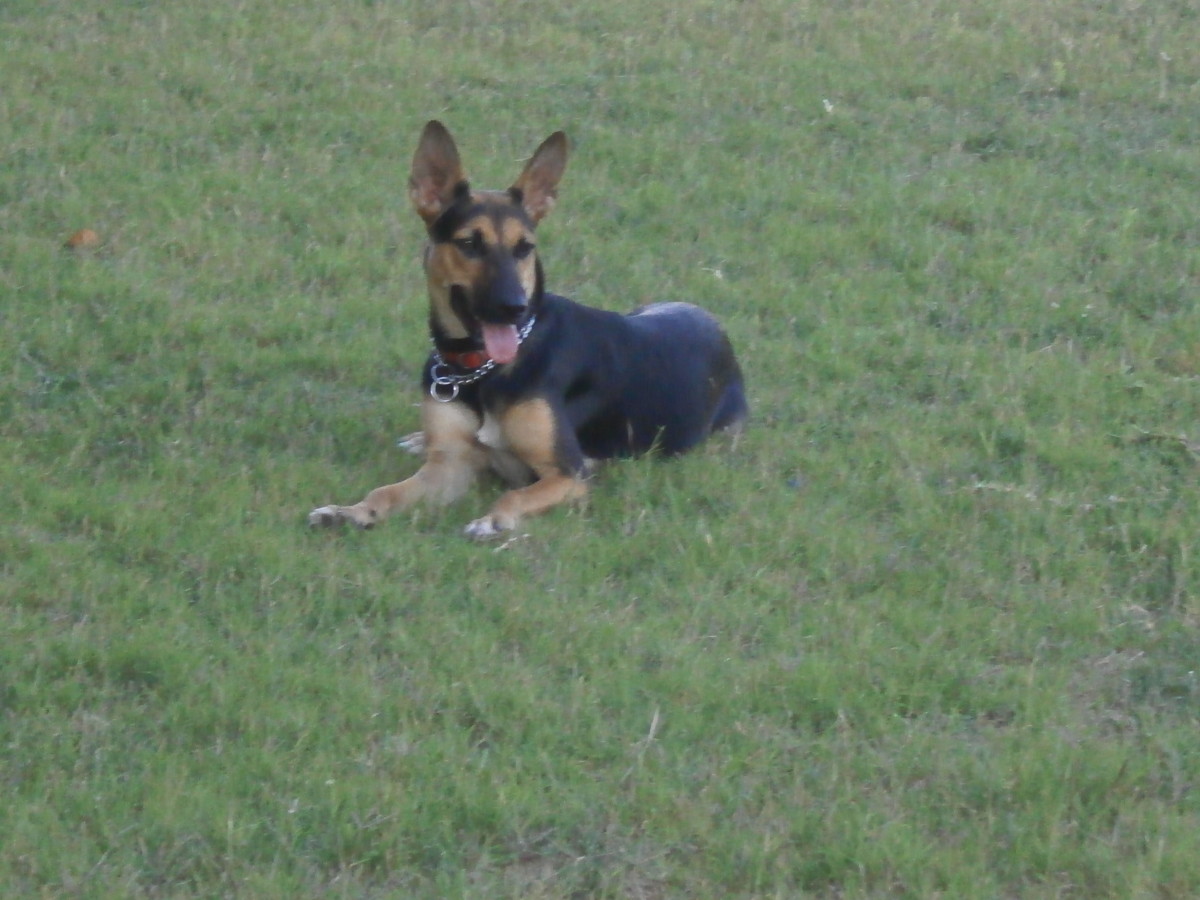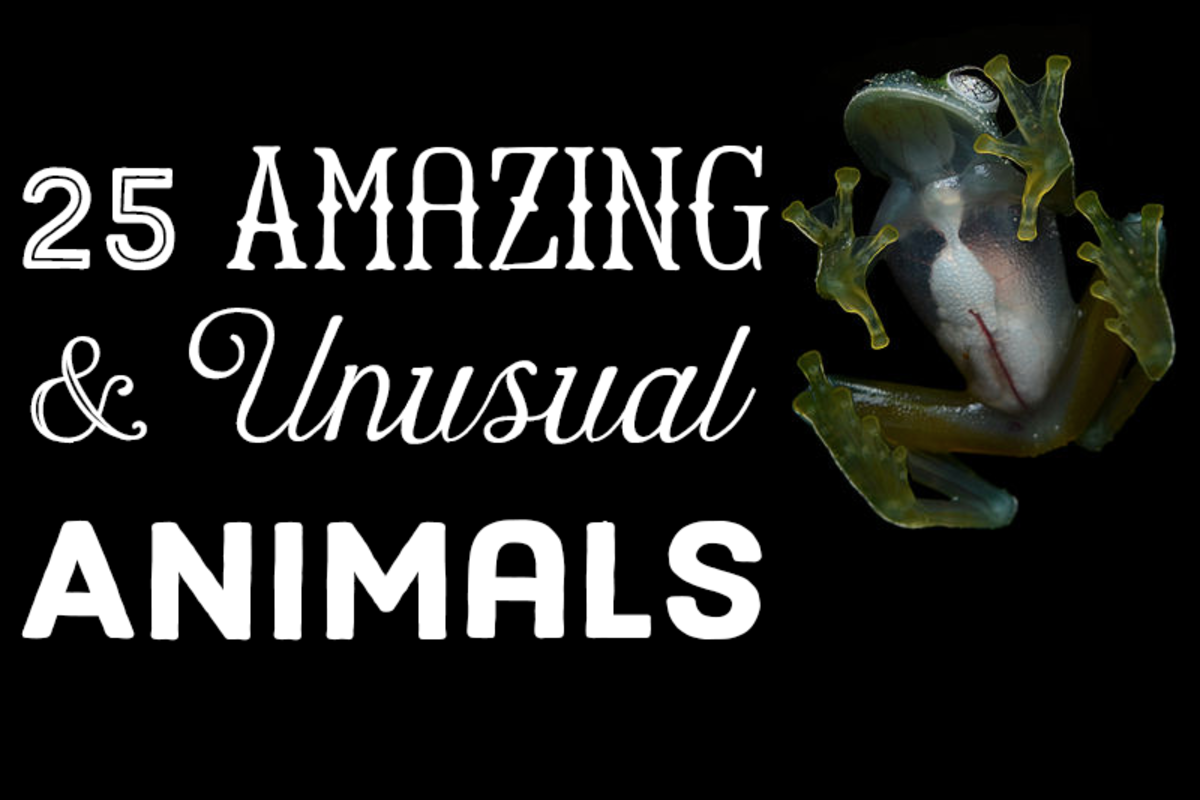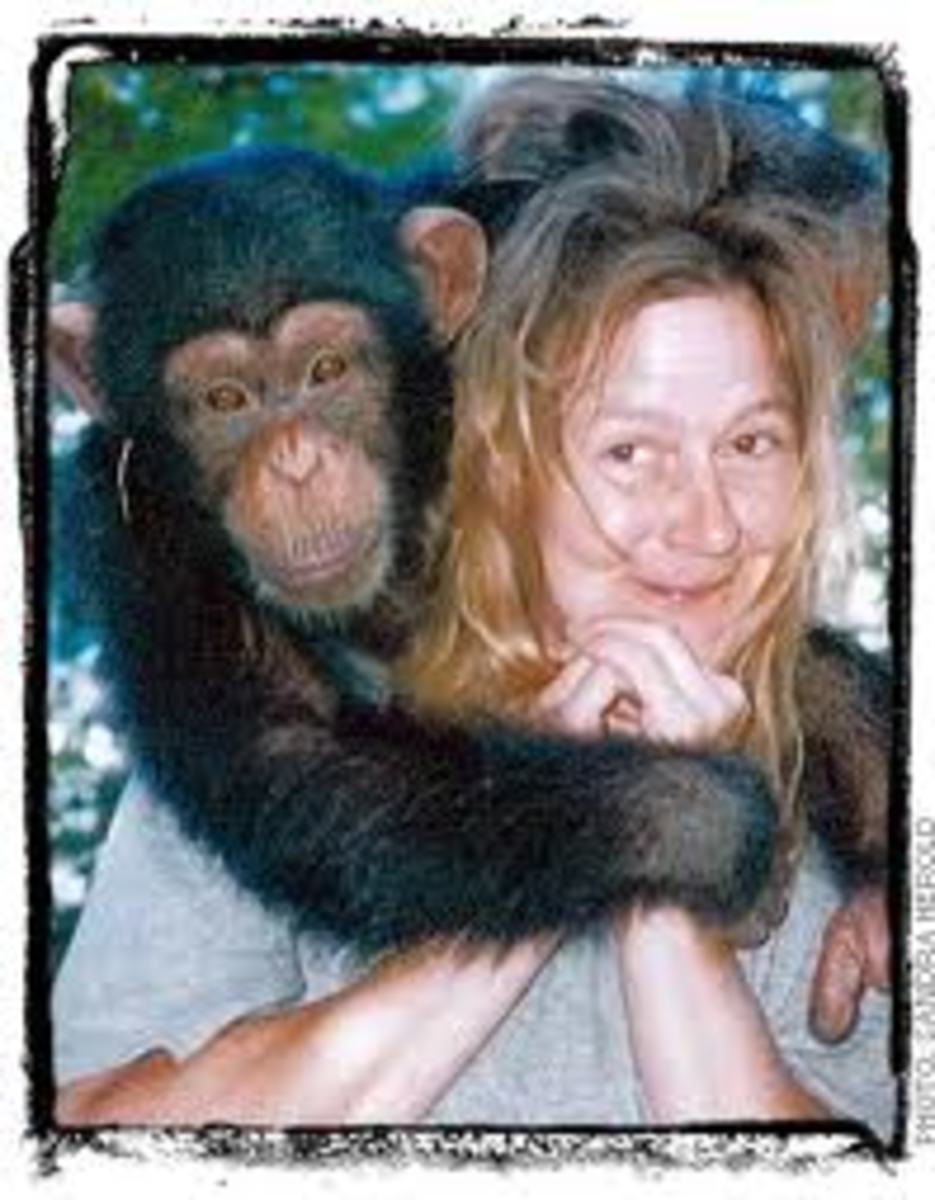How to Prevent Bad Breath in Pets
Preventing Bad Breath in Our Pets

Wagging Tails and Terrible Breath
You are sitting, minding your business. Suddenly your dog runs up to you with their tail wagging and their soulful eyes. Every ounce of them from head to toe, says love me, pet me. You reach down to pet them. Suddenly the odor that emanates from their mouth stops you in your tracks. Their breath, so strong, so potent, you consider the possiblity it could be bottled and used as a weapon of mass destruction.
You are now faced with a choice. Do you figure out how to package and sell this odorous scent to the government in hopes of making a fortune, or do you furiously look for products that will alleviate the smell and restore your ability to bond again with your pet.
It is Very Common for Dogs and Cats to Have Bad Breath
If you choose to bottle and sell your dog’s breath, stop reading now and continue to search on the internet about how to sell products to the government. If you would like to learn about preventing and correcting bad breath in your pets, continue reading for the most informative and helpful facts.
It is very common for dogs and cats to develop bad breath, known as halitosis. Bad breath occurs due to a build up of bacteria in the dog’s mouth, stomach, or lungs. Tartar buildup is the most common cause of bad breath.
Tips to Treat Bad Breath in Pets
As your pet digests food particles, some may remain, decompose, and form bacteria at the base of an animal’s teeth. The bacteria grows and forms plaque, which is a buildup of bacteria, minerals, and decomposed food. But sometimes bad breath is a symptom of other health problems that may exist. Even if there are no health issues presently, the bacteria in the gums can enter the blood stream and eventually make their way to other organs. Preventing and dealing with bad breath in your pet should be a priority in maintaining good pet health.
Tips for Treating Bad Breath in Pets
How to Prevent Bad Breath in Pets:
- regular dental checkups
- brush your dog’s teeth every day(concentrate on the gum areas) to prevent bad breath and periodontal disease
- give your dog juiced parsley leaves or fennel which have antibacterial properties that can mask the bad odor
- dental treats like greenies
- rawhide chews help naturally clean your dog’s teeth (although rawhides may cause stomach issues)
- tartar control dog food (prevents new deposits of plaque from accumulating)
- rope toys act like dental floss for dogs who are chewers
- chew toys with grooves and ridges (put toothpaste in the grooves and your dog will brush their own teeth while playing)
- use mouth washes and sprays that contain enzymes that dissolve plaque help reduce bacteria. This is not as effective as brushing teeth, but is still helpful.
There Are Many Reasons for Bad Breath in Pets
What Causes Bad Breath?
Most often, canine bad breath is caused by dental or gum disease, and certain dogs especially small ones, are especially prone to plaque and tartar. However, persistent bad breath can also indicate larger medical problems in the mouth, respiratory system, gastrointestinal tract or organs.
If you dog has a smelly odor from their mouth, it may be worth taking a look at the cause. A good dental examination by your veterinarian may give you some insight into the reasons your pet has foul breath. A good age to start dental cleanings with your vet is at about the age of 5, unless your dog has problems at a younger age.
Puppies who are getting rid of their baby teeth may drool and develop bad breath. This will pass as their adult teeth come in. If you want to brush your puppy’s teeth, you can dilute a baking soda and water solution to minimize their bad breath.
Cats with bad breath may have other health issues or cavities in many teeth. Cats can develop oral infections from an organism called Bartonella, and can be treated with medication. It is best to let your veterinarian discover the cause of the mouth odor to determine corrective and preventive action.
Your pet could have any number of issues going on inside their mouth including:
- abscesses ( a pocket of infection near the root of the tooth)
- diabetes
- kidney failure (breath may have a sour metallic smell)
- periodontal disease (affects 80% of dogs by age 3) and can result in gum infections, tooth loss, pain and possible organ damage
- digestive ailments
- other illnesses
- sporatic bad breath could be the result of some stomach upset
If you dog has other problems in addition to the bad breath, it is very important to let a veterinarian do a thorough checkup on your pet.
Greenies Are Good For Teeth Cleaning
Cleaning Your Dog's Teeth
Brushing your dog’s teeth is a very effective way to improve their breath. You can choose to use a doggy tooth brush or you can rub thh with outer surface of their teeth, using a piece of gauze wrapped around your finger. Don’t worry about the inside of the dog’s teeth, as the inner surfaces are constantly bathed in saliva. It is best to use a toothpaste made especially for dogs. They are made with flavors that will entice them let you put the toothpaste in their mouth. The sooner you start brushing your dog’s teeth, the sooner your dog will have good oral health and reduce their chances of developing bad breath.
Symptoms to look for:
- swollen gums
- tender gums
- yellow or brown stains on the pet’s teeth which may indicate plaque build up
An all natural way to suppress bad breath in your pet is with garlic and fenugreek tablets, found in a health food store. But it is best to discuss any herbal treatment with your veterinarian before you self treat your pet. Keep in mind, suppressing is not preventing, it is just masking the smell.
Take this Teeth Quiz
view quiz statisticsToothpaste and Toothbrushes for Dogs and Cats
Why Veterinary Dental Exams Are So Expensive
Taking your dog to the veterinarian to have their teeth cleaned can be expensive, but there is a reason. A veterinarian will do a thorough examination, diagnosis, x-rays, assess bone and teeth root health, and detailed cleaning, polishing, and a flouride treatment. Dogs are given anesthesia and the veterinarian scales your dog’s teeth to remove the plaque buildup. If your dog has bleeding gums, they may have gingivitis and can develop periodontal disease. Non anesthetic cleaning by the vet is more for cosmetic purposes, than for the oral health of your pet. The animal is given anesthesia because ⅔ of their teeth are below the gum line and this is the area that can be diseased and cause tooth loss and iscomfort for your pet. Also, the noise from the ultrasonic cleaning machine may cause your pet to become unsettled and make ithe more difficult to accomplish the task of teeth cleaning. Make sure your veterinarian is trained, qualified, and experienced to do this procedure.
Your pet is a valuable member of your family. They are dependent on you for their well being. Preventative care is very important to the health of your pet. Keep yourself knowledgeable and informed so that you can make the right decisions for your furry friend. Taking care of your pet’s breath is good for you and them.
- Dogology: Petcare and Your Pets Teeth
Dental Issues that arise with pets teeth can be costly for the pet owner, and cause discomfort for your dog or cat. There are preventative petcare solutions that can help give your pet the benefits of healthier, stronger and disease free gums and...








